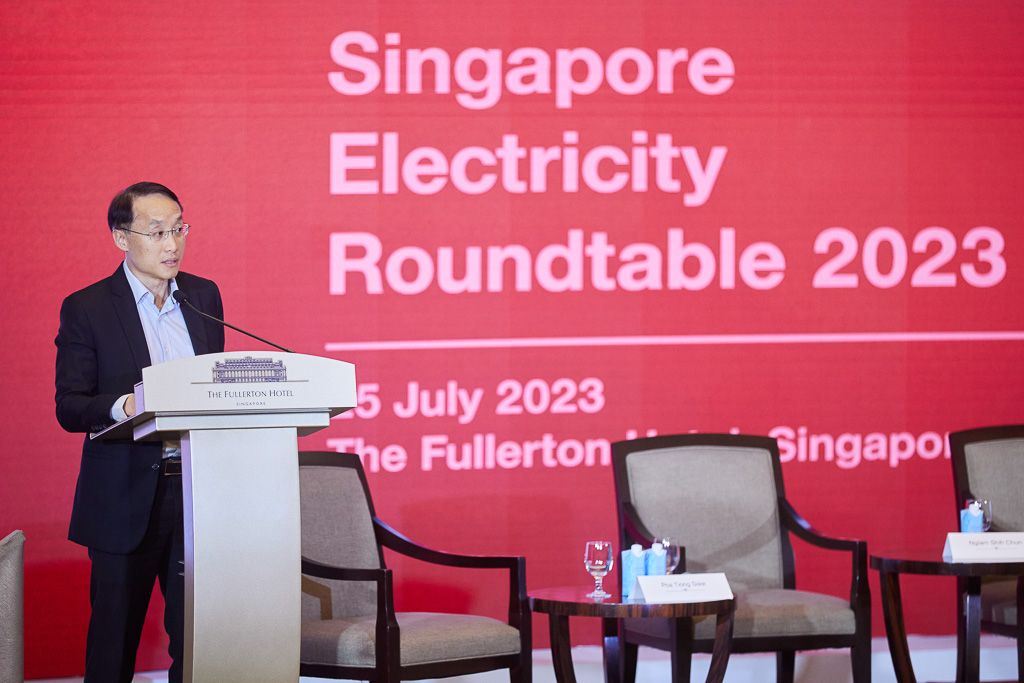
While Singapore presses on with its target of net-zero carbon emissions by 2050, its energy market has to reckon with several vulnerabilities. One is its heavy reliance on natural gas. Another is the ongoing financial risk of participants defaulting and exiting the market.
“Market resilience is a very complex issue to solve,” admitted the Energy Market Company’s (EMC) chief executive Toh Seong Wah at the 13th Singapore Electricity Roundtable.
“What is needed is an orchestration of measures, including regulatory framework, industry partnership, consultations, guardrails and market changes,” he said.
“What might help is having a clearer sense of future needs”, Mr Toh suggested.
“What we are trying to understand is, how can we meet the system needs of tomorrow? There’s a need for substantial investment around areas of flexibility and capacity.
“We need to be able to anticipate this better as a market operator, because market evolution will take time,” added Mr Toh, speaking to more than 160 industry players at the roundtable event on July 25.
‘Guardrails’ for greater resilience
Meanwhile, there are various “guardrails” to strengthen the market structure, shared the Energy Market Authority’s (EMA) chief executive Ngiam Shih Chun at the same event, which was hosted by EMC at The Fullerton Hotel.
These include a stockpile of fuel, standby facilities and regulatory requirements on electricity retailers.
The authority also projects if the country needs greater generation capacity within the next five years – which currently seems to be the case, Mr Ngiam said.
Singapore’s system peak demand, for one, is expected to see a compound annual growth rate of 3.4 to 6.5 per cent from 2023 to 2028. And about 1GW of existing generation capacity is expected to retire over the next five years, he added.
This is why EMA has launched a request for proposal for the private sector to build, own and operate a new CCGT (combined cycle gas turbine) plant, to be ready by end-2027.
“EMA believes natural gas will remain a critical part of our energy mix at least for the next decade or so,” Mr Ngiam added. “We still have CCGTs within the system…they depend on natural gas. The new (plants) being constructed today by Keppel and Sembcorp can accept a hydrogen blend of 30 per cent. The rest of it still has to come from natural gas.”
The role of regulation
Asked if there was a trade-off between market resilience and market competitiveness, Mr Toh said interventions could be introduced when market mechanisms failed to work well.
“While regulatory interventions might be necessary during (a) prolonged period of extreme market volatility, I think measures should be carefully designed to balance short-term volatility against long-term efficiency,” he added.
“We do not want the market to be over-regulated, to the extent that the effectiveness of the price signal is muted, or compromised as a result.”
The system cannot completely depend on market signals, added Mr Ngiam, highlighting the “long delay” between a market signal and when new generation capacity can be ready.
“Because of that, sometimes the regulator needs to step in to provide more information to investors – or as a fallback, to step in to build the necessary capacity,” he said. “We intervene sparingly, and very often as a last resort.”